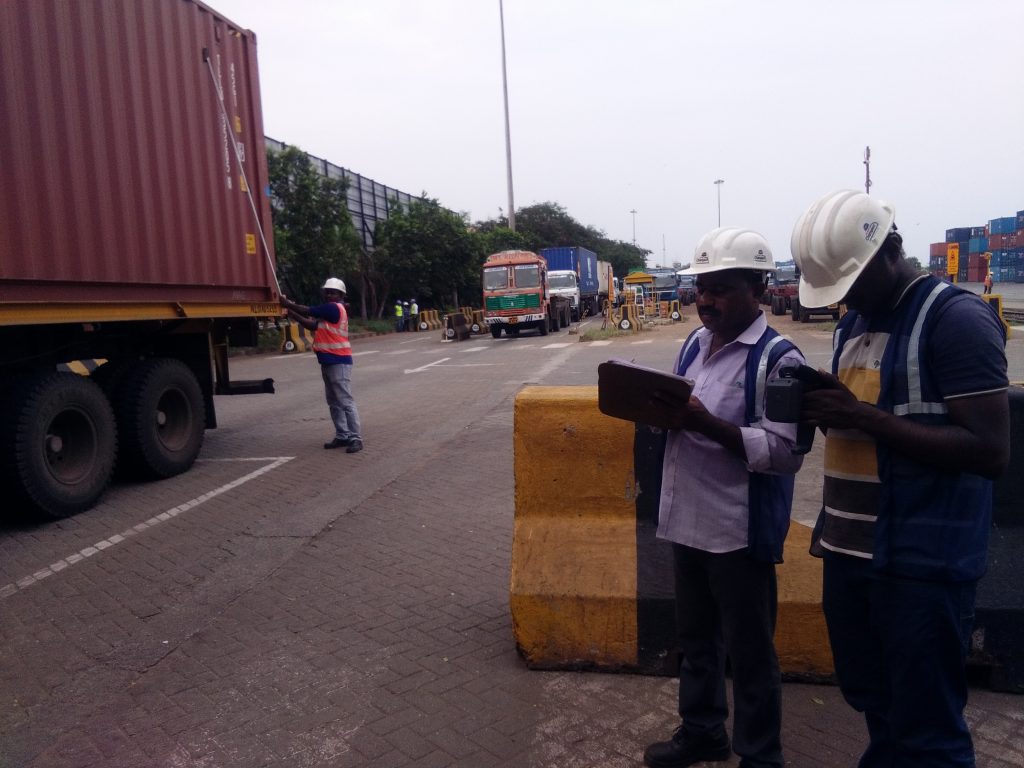LDB uses big data, analytics and IoT to bring in a holistic change in the supply chain, building efficiencies at an end-to-end level
There is no denying to the fact that India is one of the fastest-growing economies in the world and is home to some largest manufacturing facilities, delivering goods in both domestic and international markets. However, there was a time when a poor logistics system was crippling this growth story. Transporting goods around the country used to take weeks altogether with incessant delays. There was no mechanism to track the goods in real-time. To combat ‘running out of stock’ scenarios, manufacturers started overstocking the inventories. This unnecessarily added to their expenses and made attracting foreign investments a difficult proposition. Realizing that this rapid economic growth was outstripping the capabilities of the logistics system, the GOI (Government of India) started with a series of initiatives to empower their infrastructure. This lead to the birth of DMICDC Logistics Data Services (DLDS) – a joint venture between GOI represented by National Industrial Corridor Development and Implementation Trust (NICDIT) and Japanese IT major NEC Corporation, with 50:50 equity participation on 30th December 2015.
The LDB Project
The LDB (Logistics Data Bank) project is the flagship project of DLDS which aims to bring visibility and transparency in the Indian logistics system through an IoT, Big data and cloud-based visualization platform. It works by affixing RFID tags to shipping containers starting from their import journey and detaching them when they leave the ports. Positional information of the containers is tracked through the RFID readers installed at locations such as toll plazas on the expressways, port entrances and exits and inland container depots (ICD) and container freight stations (CFS) where custom inspections are carried out and cargo is reloaded. This information is uploaded on the cloud and shared with other logistics systems such as the port management systems. To track the consignment, stakeholders need to log into the website (www.Ldb.co.in) or mobile application using the container numbers.
In addition to this, LDB analytics reports are designed using Data Platform for Hadoop (DPH) and IoT solutions. These reports are published on a monthly basis and provide insights into the stakeholders’ performance across the competitive landscape. Also, analytical reports on congestion analysis and performance benchmarking are provided to all stakeholders to identify bottlenecks during transit and improve the system more holistically. In words of DS Bharara, VP Operations ACTL ICD “LDB’s Performance benchmarking reports with respect to the competition is helping us focus on streamlining our processes to be the best in the industry.”
LDB with the use of big data, analytics and IoT has brought in a holistic change in the supply chain and set new benchmarks for each of the stakeholders. It has strengthened the focus of supply chain management companies in building in efficiencies at an “end-to-end” level as against a “piece” level approach taken by individual logistic players.
Growth and future of LDB
LDB started as a pilot project across the busiest container port of the country- the Jawaharlal Nehru Port (JNPT) on 1st July 2016. The port was highly fragmented with container movement being recorded at multiple non-interconnected terminals. There was no centralized system to monitor the cargo in transit.
LDB streamlined the system and brought single-window container visibility into the supply chain. Within a year, it witnessed great success in tracking containers at JNPT and was asked to extend its operations across the port terminals of Adani in Mundra and Hazira. Today, LDB works across 25 port terminals and handles over 96% of the container volume of the country. LDB has provided visibility to more than 23 million EXIM containers to date and has more than 55 toll plazas and 139 + CFS and ICD’s under their belt. The dwell time of export and import bound containers has seen an improvement of 15% and 42.86% respectively.
This growth curve in streamlining the Indian logistics segment made a global impression. In 2017, India jumped up 30 notches to reach the top 100 rankings in the World Bank’s ‘Ease of doing business’ index. The Logistics performance has improved from 54th rank to 35th under the World Bank’s Logistics Performance Index (LPI).
DLDS has recently received revised TAMP (Tariff Authority at Major Ports) notification for extension of services. Further, they are planning extensive coverage in these 2 years to connect hinterlands with all ports of India and extend services to Nepal and Bangladesh to maximize visibility and increase customer value.







